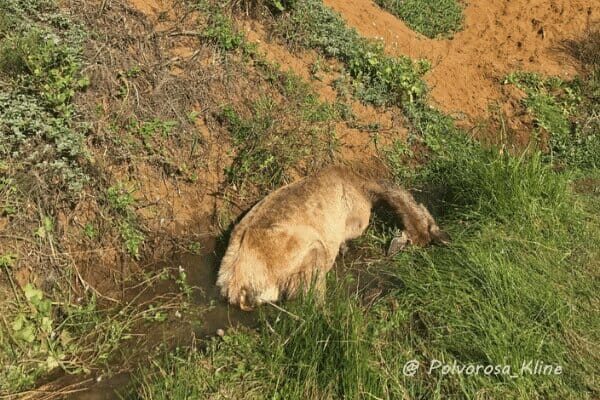PETITION CLOSED
PETITION TARGETS: California Coastal Commission, National Park Service, Biden Administration
UPDATE (09/26/2024): After a long battle for the elk, the California Coastal Commission approved the removal of the fence, allowing the animals access to life-sustaining water and over 68,000 additional acres. LFT thanks everyone who signed our petition and advocated for these majestic animals. —Lady Freethinker Staff
*
The lifeless, emaciated bodies of dozens of rare Tule Elk in Point Reyes National Seashore are haunting the hikers who once enjoyed the beautiful national park, managed by the National Park Service (NPS).
Tule elk confined by a 3-mile-long and 8-foot-high fence to an area with reportedly poor forage called the “Reserve” are particularly at risk, with reports of more than 100 found dead following prolonged and painful deaths.
An estimated 152 elk — or one-third of the Tomales Point’s Reserve herd — died of dehydration and starvation inside the Reserve during California’s 2020 drought, according to necropsies obtained via FOI request by Harvard Law School’s Animal Law and Policy Clinic, which sued the NPS for alleged negligence in allowing the protected elk to die.
Tule elk in neighboring herds in the seashore did not experience such drastic declines, or fluctuations in populations seen frequently in the Reserve herd — leading multiple scientists and former NPS leadership to conclude that the fence is the fatal factor.
Removing the fence, erected in 1998 to keep the elk from wandering onto land leased by the NPS to cattle ranchers, would allow the elk to access better grazing grounds at a time when their survival is increasingly threatened by climate change, according to experts.
The experts also said removing the fence, and allowing the herd within the Reserve to interact with other elk, would improve genetic diversity.
Meanwhile, dozens of witnesses — who described the elk’s conditions as “horrifically distressing,” “heartbreaking,” and “absolutely chilling” — have continued to make unauthorized trips to bring the thirsty elk life-saving water.
A recent management decision by the National Park Service — which extends ranchers’ leases for up to 20 years, allows additional animals like goats and pigs in the seashore, and authorizes regularly shooting Tule elk to death — means the horrifying situation won’t get any better for the elk if we don’t speak up now.
Sign our petition urging the National Park Service to take down the fence confining Tule Elk to stop these iconic animals from starving, dehydrating, and dying needless, prolonged, and painful deaths.
Then take a moment to contact the following stakeholders and respectfully explain why it’s time to take down the fence:
- Contact the California Coastal Commission via email at EORFC@coastal.ca.gov.
- Contact the National Park Service via contact form here: https://www.nps.gov/pore/contacts.htm
- Contact the Biden Administration via contact form here: https://www.whitehouse.gov/contact/


